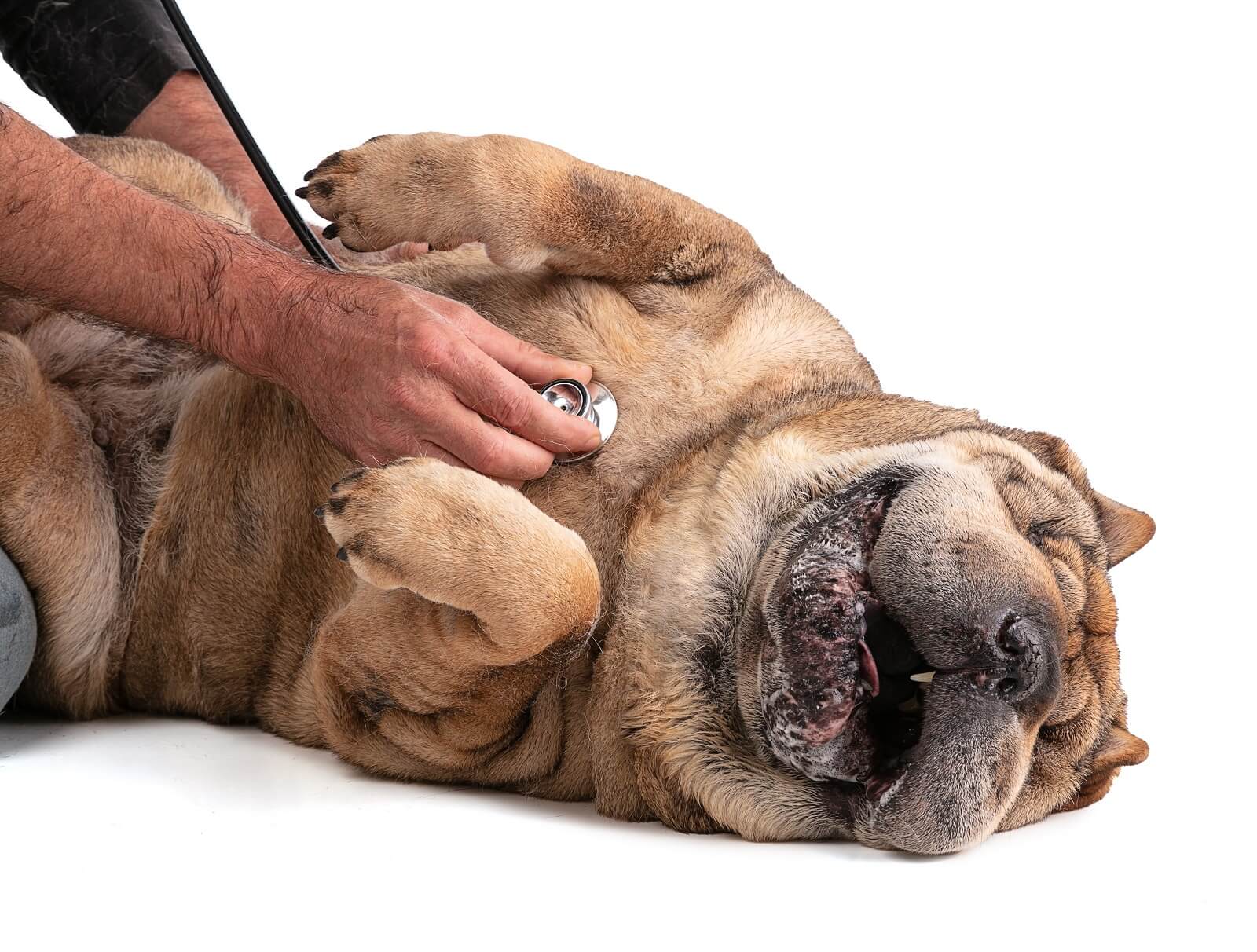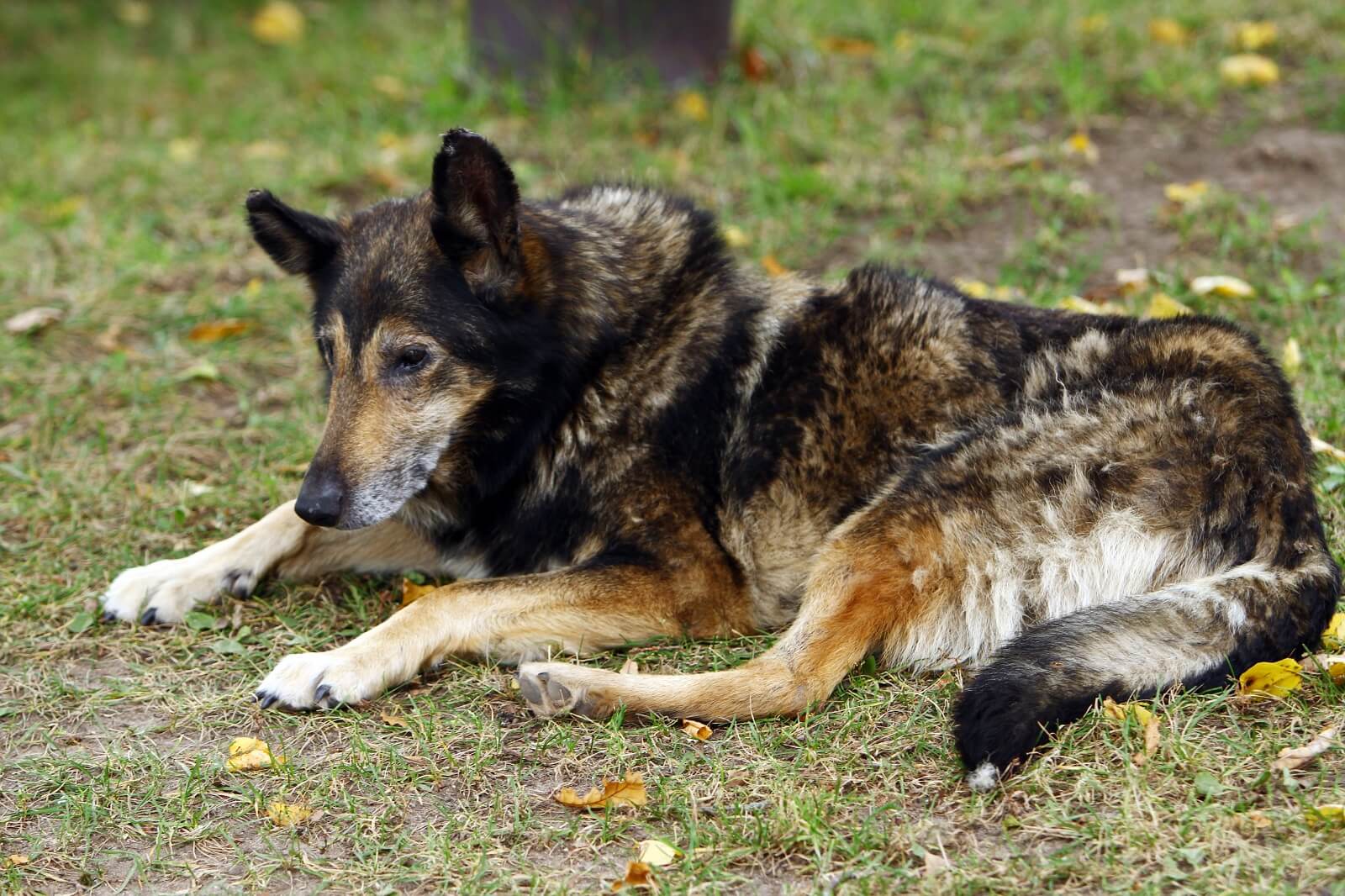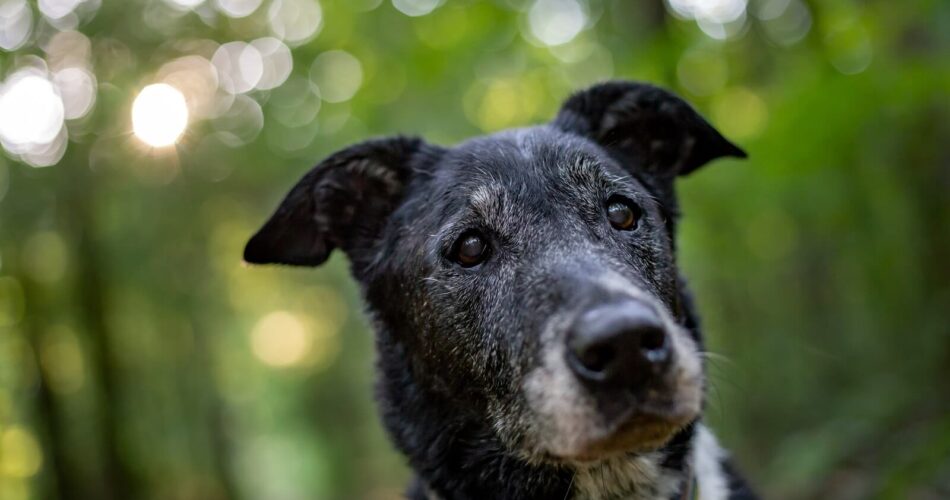Just like us, dogs experience age-related changes. Many inbouncing putty egg blundstone uomo kansas city chiefs crocs custom maple leafs jersey sac eastpak kansas city chiefs crocs kansas city chiefs crocs custom nfl football jerseys dallas cowboys slippers mens 8 ft kayak borsa prima classe jock strap bouncing putty egg penn state jersey custom maple leafs jersey dividual traits vary, the temperament changes, and certain bodily functions, expectedly – deteriorate. The most common signs that your dog is getting old include decreased vision and hearing capabilities, the coat gets a white shine, and the muscle tone is not as strong as it used to be.
However, when spending every day with your dog, it might be hard to spot these changes. The signs that your old dog is dying might be even harder to notice. It takes proper education and careful observation to detect these changes and adequately address them if they can be addressed. If they cannot be addressed, perhaps it is time to consider end-of-life options for your dog.
How to know if your dog is getting old?
Wondering how to tell if a dog is getting old? Well, luckily, many signs indicate your dog is getting old. Noticing them can be tricky, considering they develop slowly and over a prolonged time-frame. However, it is essential to know what to expect in order to be able to spot it once it becomes obvious.
Generally speaking, the signs that your dog is getting old can be classified as physical and mental.
Here is a short yet helpful list of signs indicating your dog is getting old.

Physical signs that a dog is getting old
Impaired vision and hearing
Like an old person, an old dog will become less efficient when it comes to seeing and hearing things. Bumping into furniture and ignoring you when you enter a room are common signs that your dog’s hearing and vision abilities deteriorate.
Weight changes
As dogs get older, their digestive systems become less efficient. As a result, they start absorbing fewer nutrients, and consequently, dogs begin losing weight. Losing weight while retaining a normal appetite might be a sign that your dog is getting old.
Reluctance to be physically active
An old dog is likely to refuse invitations to physical activities. Simply put, as a dog ages, its stamina significantly decreases. The fact that senior dogs frequently suffer from joint problems only adds to the reluctance. An old dog will refuse to go on a hike but will not refuse to go for a swim, as swimming soothes the joints and makes moving easy and pain-free.
Horrible breath
Unless practicing excellent oral hygiene habits, older dogs are likely to have gum disease, tooth decay, tartar buildup, and even tooth and gum infections. These issues affect the dog’s breath. In fact, they make the breath smell horribly.
Urinary incontinence
When a dog starts to make urination accidents around the house, the first thing that dog parents assume is that it forgot its housetraining or is rebelling against something. However, if parenting an adult dog, urinary incontinence may be one of the signs that your dog is getting old. As the dog ages, it loses its ability to hold it. Luckily, some medications can help with this issue.
Emergence of lumps and bumps
As a dog ages, it becomes more prone to developing tumors and harmless fat buildups in the form of lipomas. Both conditions manifest with the formation of new lumps and bumps. They are a good sign that your dog is getting old and need to be checked by a veterinarian.
White hairs
Having white hair is a common sign of old age. Namely, as a dog gets more senior, its hairs, especially the facial ones, start losing their pigment. Since the pigment is responsible for giving the hair its color, once it is lost, the hair turns white.

Mental signs that a dog is getting old
The sudden personality swift from a sweet and even-tempered dog to a grumpy and easily irritable dog is a frequent sign that your dog is getting old. However, it is not the only one. These are the age-related mental changes you can expect in your dog:
- Increased vocalization and unreasonable barking
- Sudden onset of compulsive and repetitive behaviors
- Unexpected fear of familiar people, everyday objects, and usual experiences
- A manifestation of anxiety-related behaviors
- Restlessness and pacing at night
- Changes in the sleeping-waking cycle
- Confusion and disorientation
- Reluctance to obey commands (due to forgetfulness).
Finally, it should be noted that old dogs can develop a condition known as canine cognitive dysfunction syndrome (CCDS). CCDS is the canine equivalent of Alzheimer’s in humans. Sadly, the disease is progressive and irreversible.
Signs that your dog is getting old – A word of caution
We already reviewed the most common signs that your dog is getting too old. However, it is worth mentioning that these signs are not always indicators of old age. For example, a dog’s hearing ability can be decreased due to an untreated and complicated middle or inner ear infection. The vision can deteriorate due to an eye condition that is not age-related in nature, such as diabetes-triggered cataracts. Stress is a common cause of premature loss of hair pigment and whitening. Finally, the muscle tone can lose its strength as a result of physical inactivity.
Conclusion
With everything being said, it is logical to ask why it is crucial to know whether a dog is getting too old. Honestly speaking, we love our babies, regardless of their age and decreased physical abilities. However, recognizing the signs a dog is getting old is essential in terms of making end-of-life decisions. It is necessary to know when your dog’s age-related issues are starting the influence its quality of life.
Deciding to end your dog’s life is the most challenging part of being a dog parent, but it is necessary. Holding on to a too old dog to lead a normal and high-quality life is selfish and prolongs its suffering.

